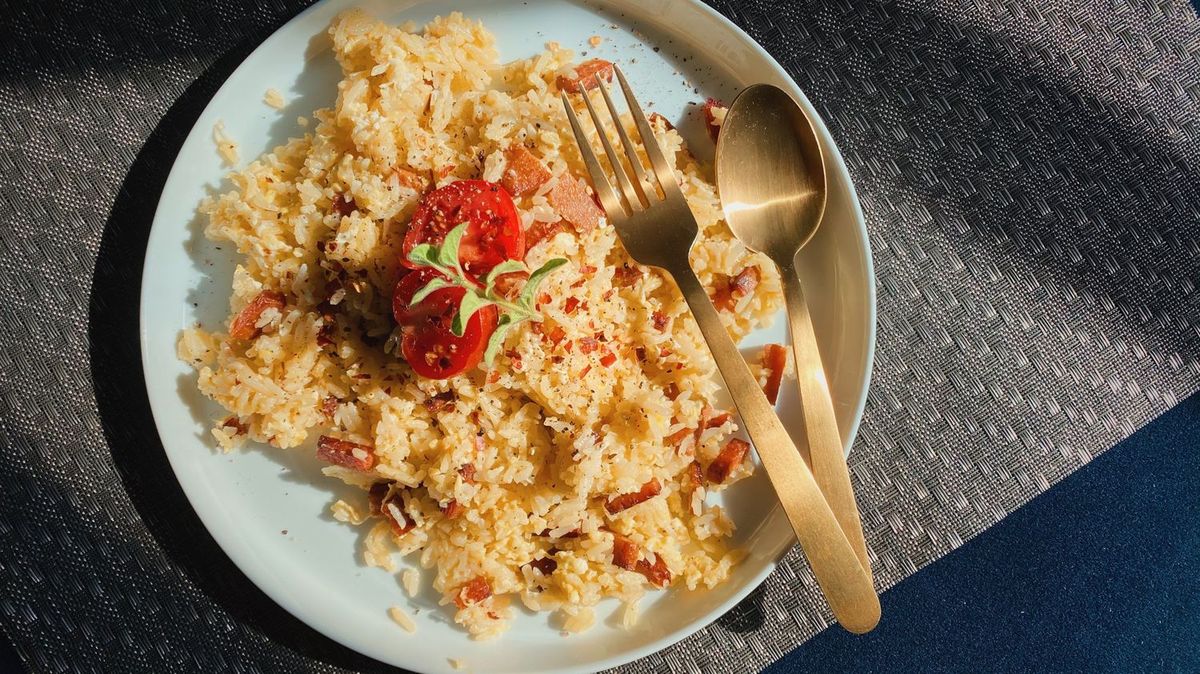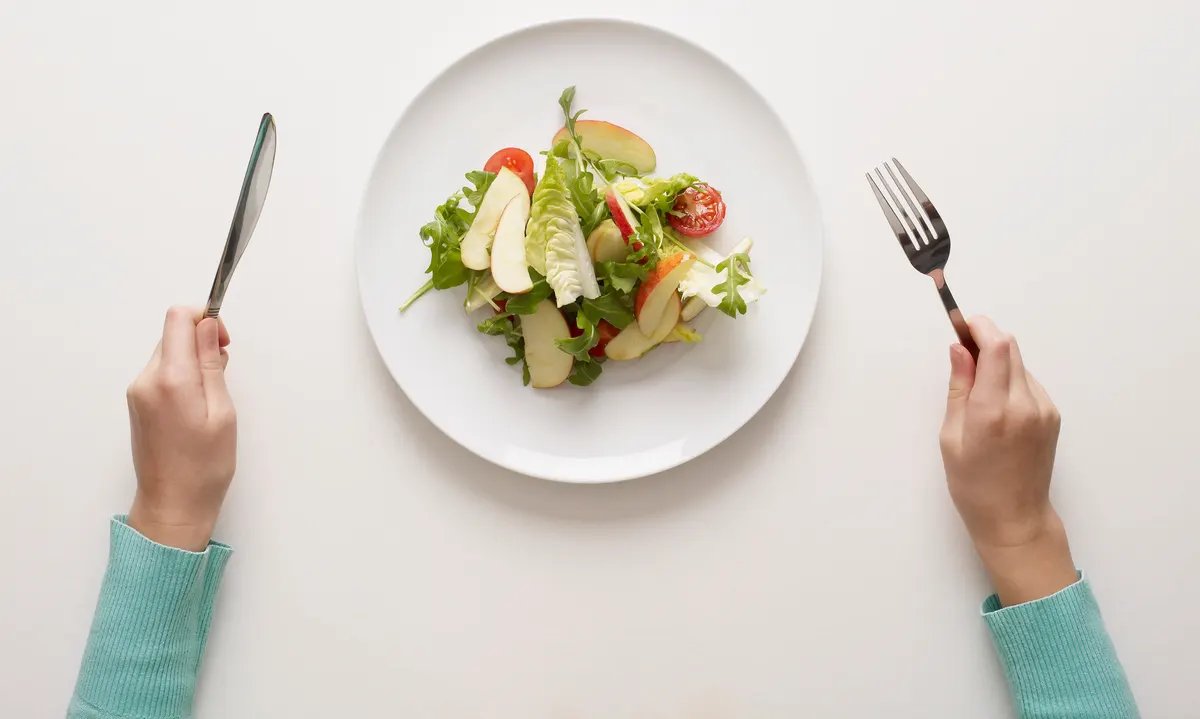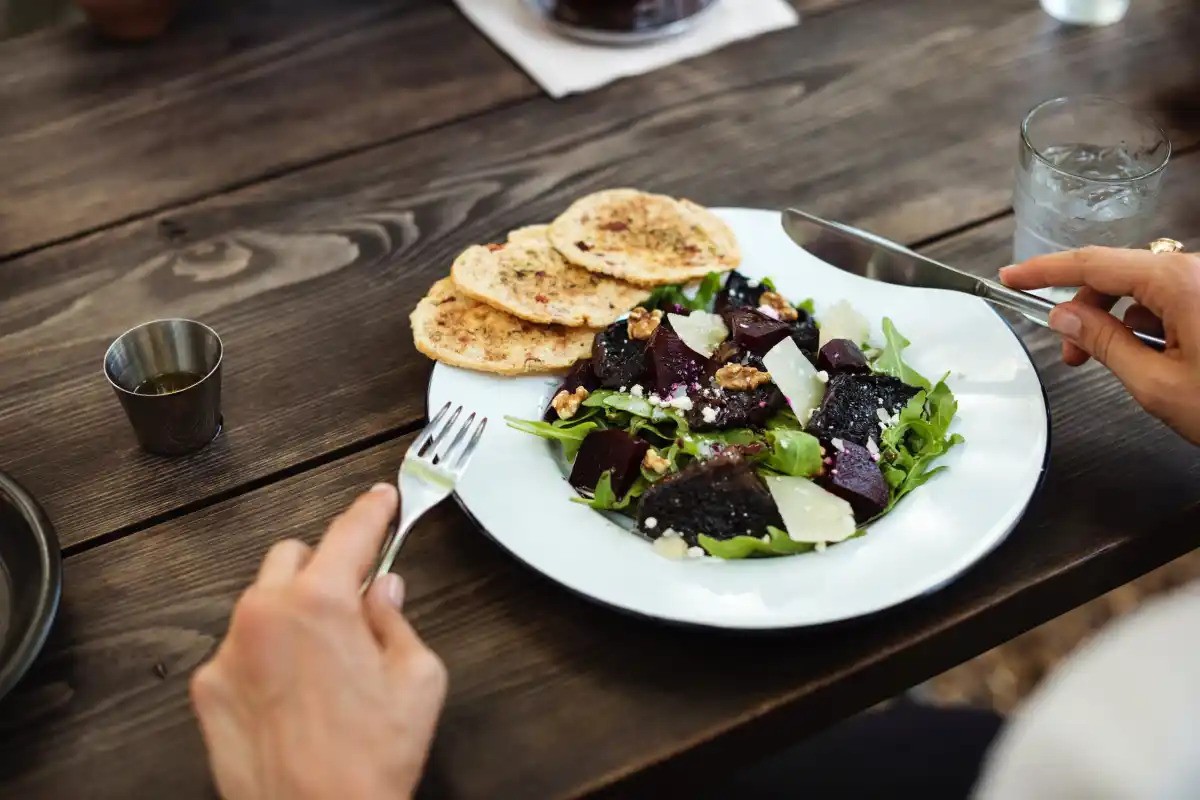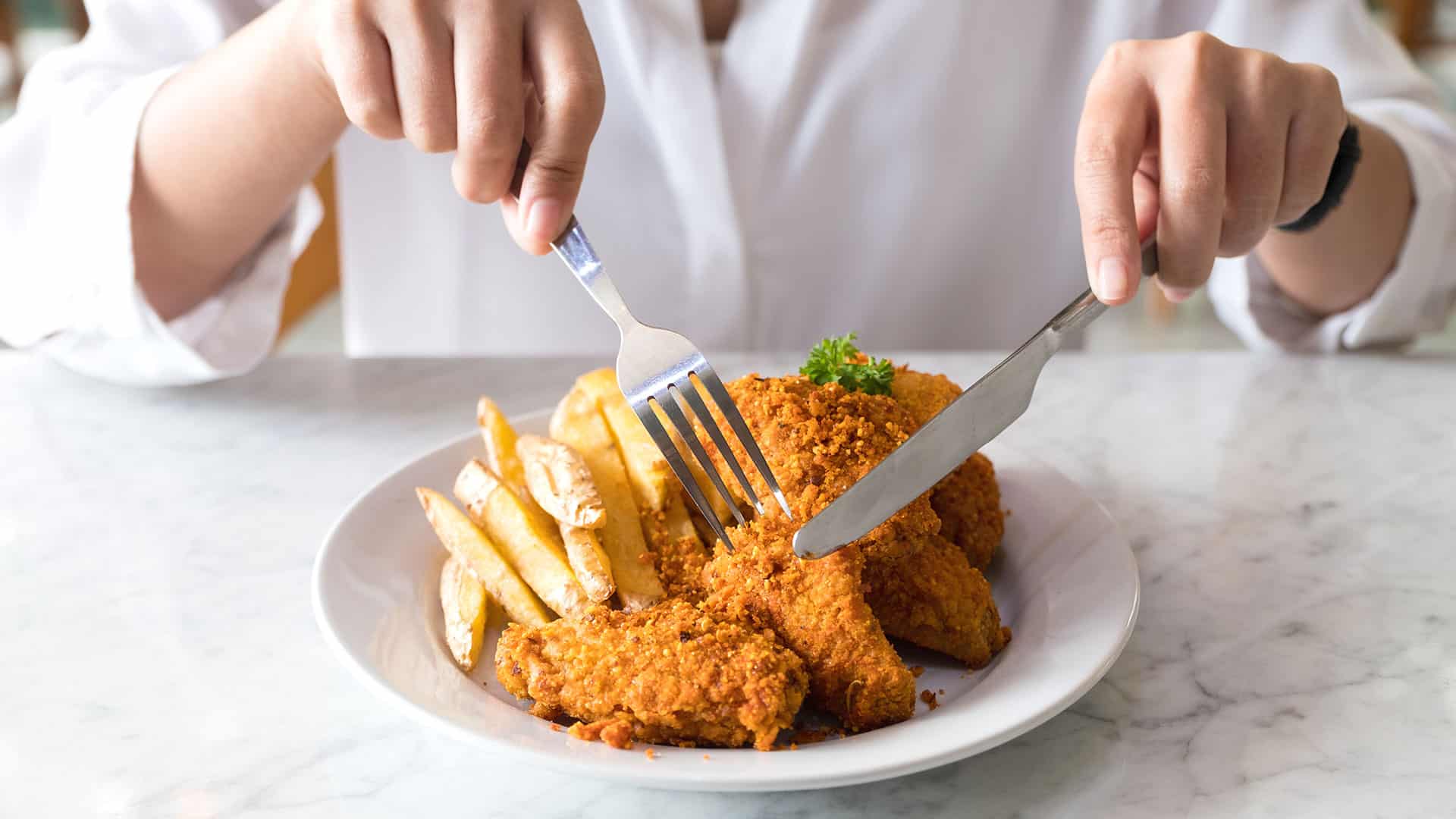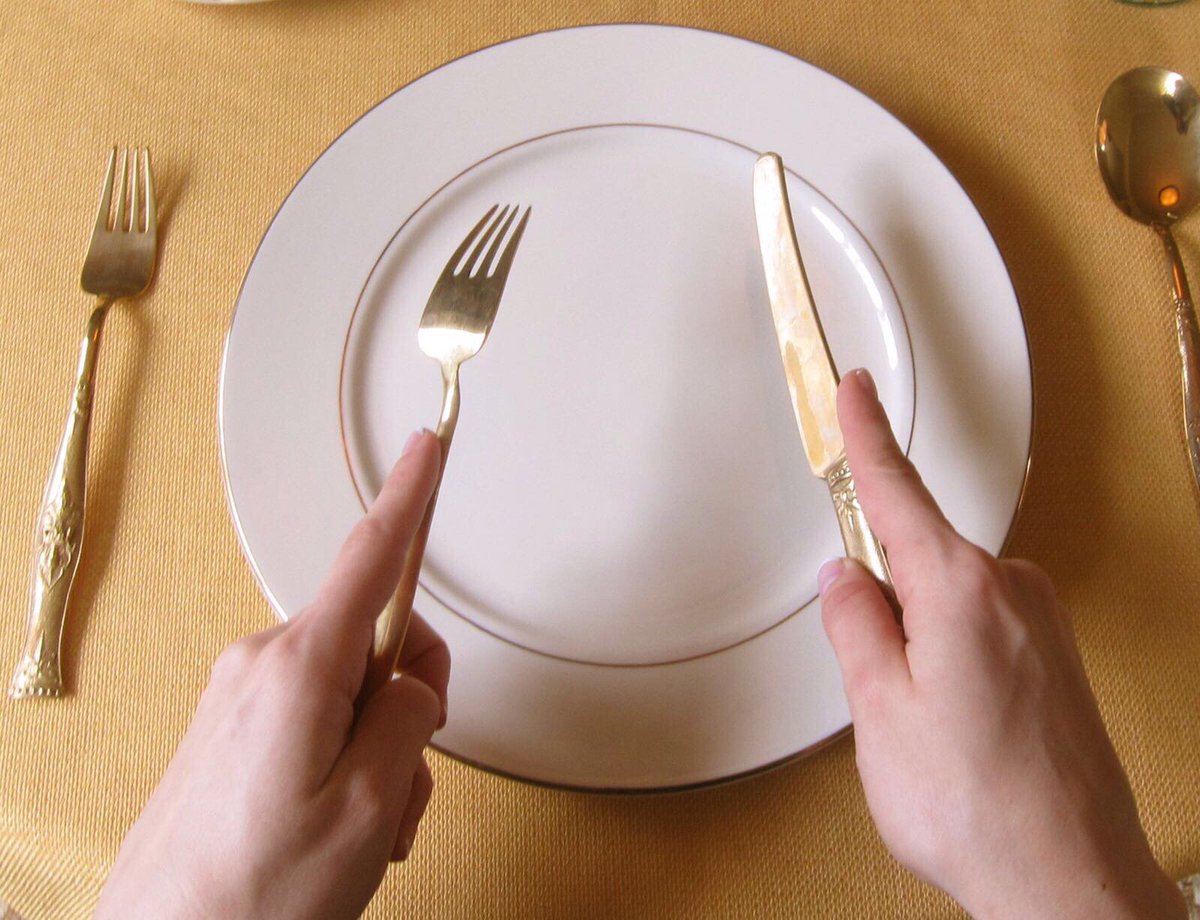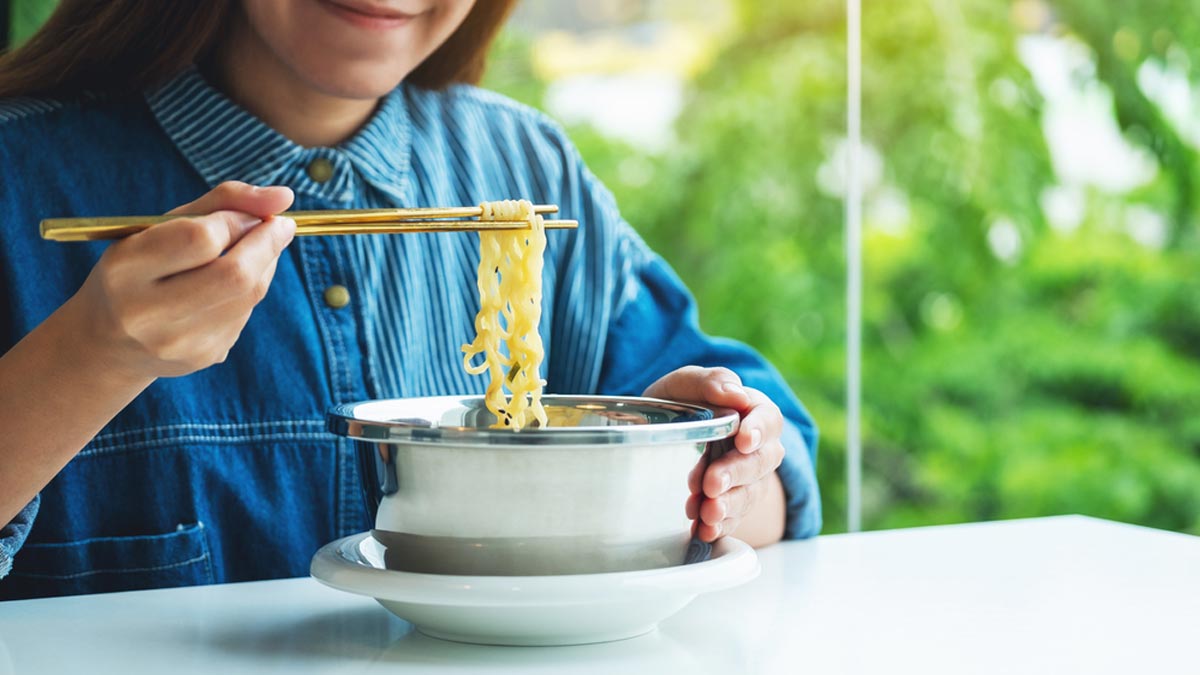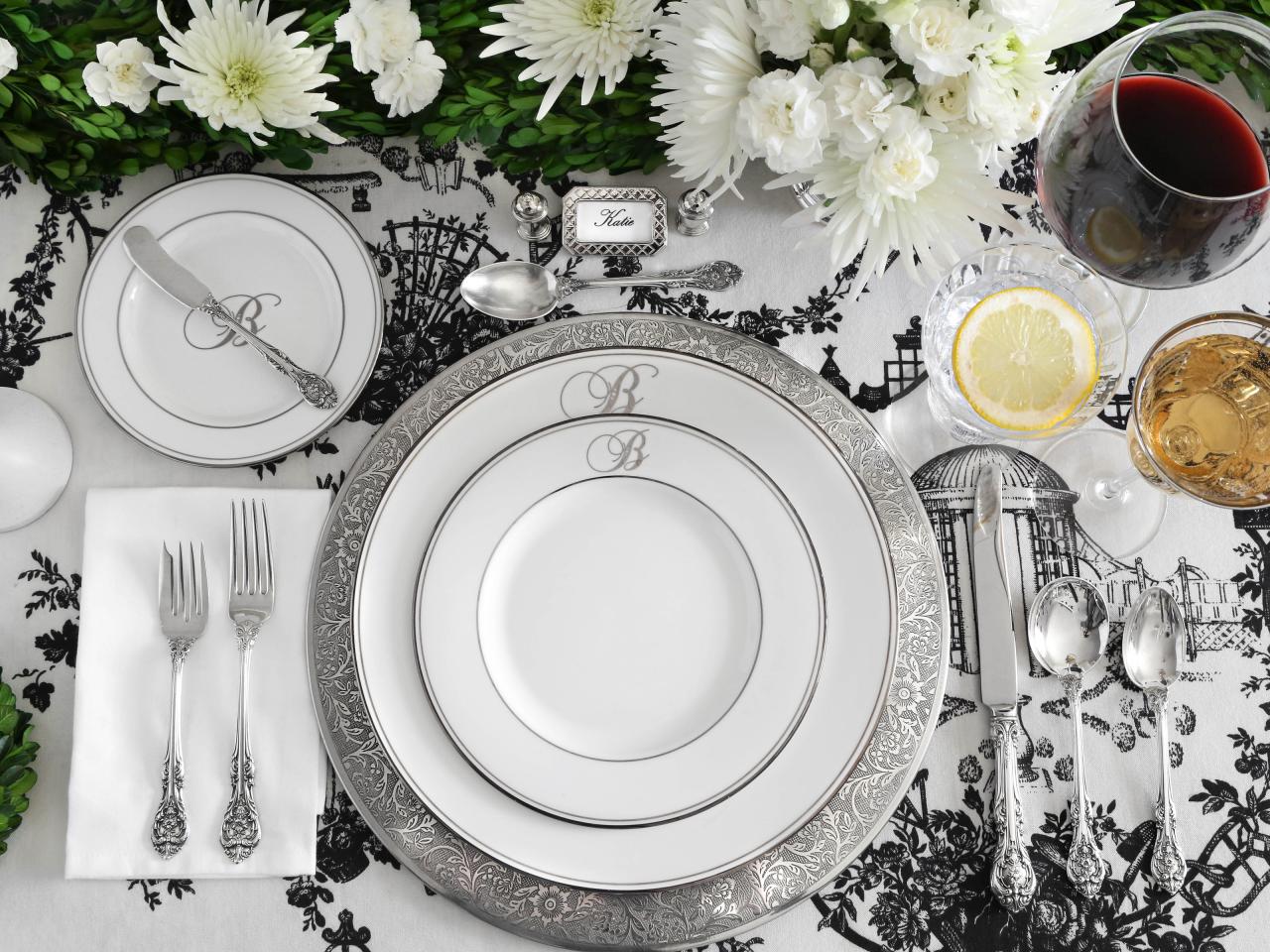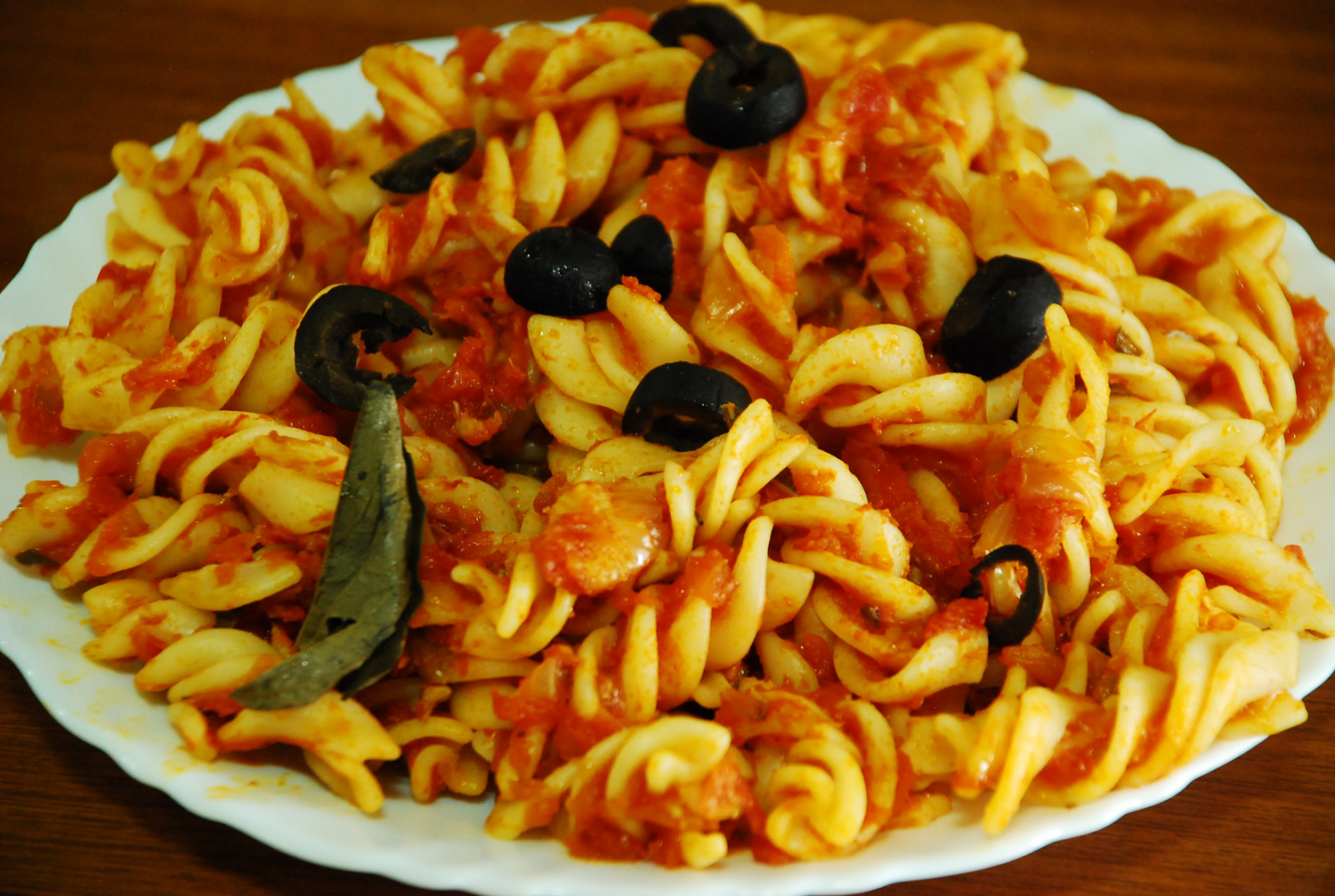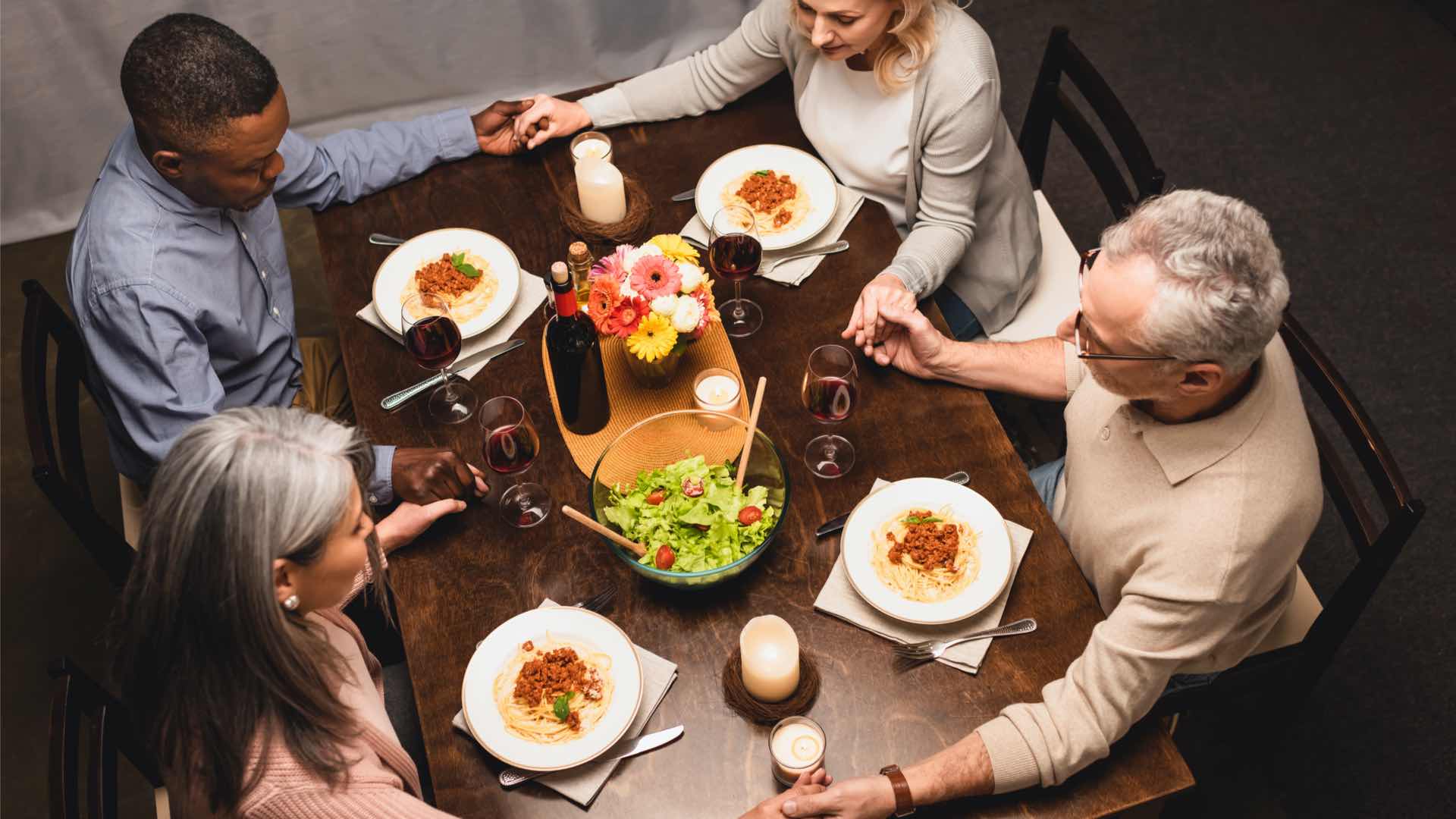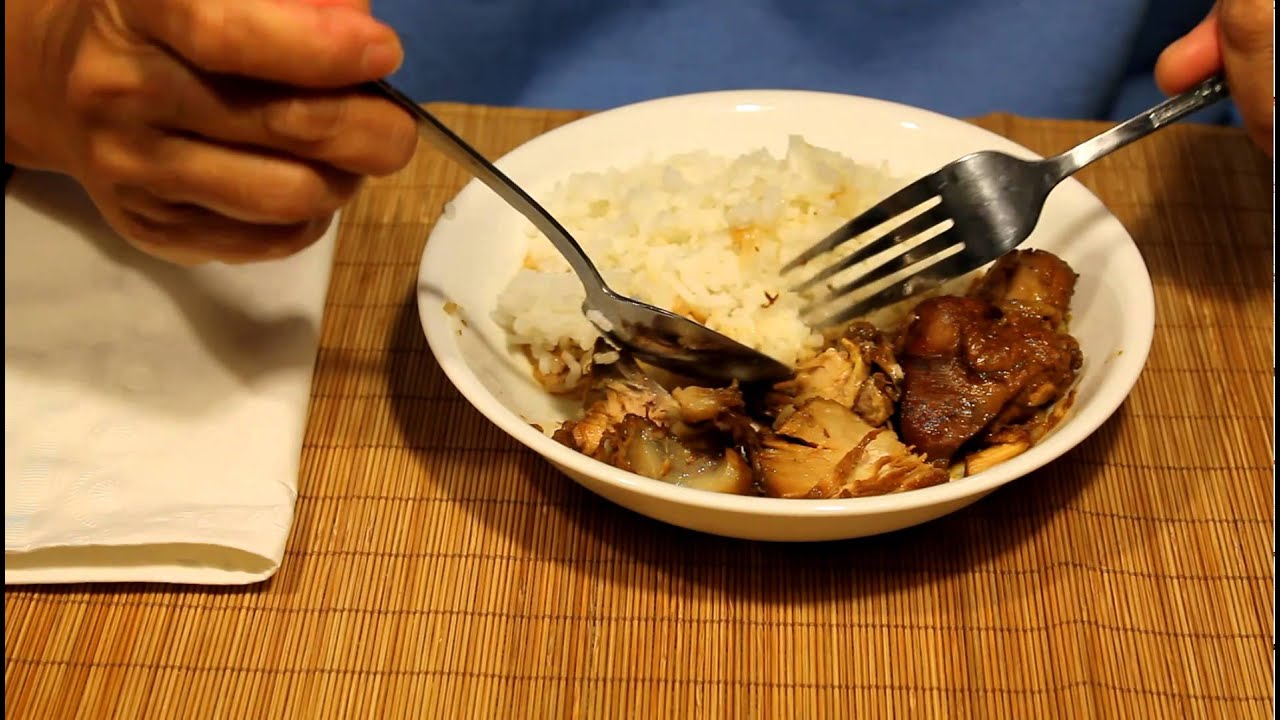Imagine eating your meal and then munching on the spoon or fork you used. Edible utensils are not only fun but also eco-friendly. They reduce waste and add a unique twist to dining. Made from ingredients like rice, wheat, or even chocolate, these utensils can complement your dish's flavors. Whether hosting a party or looking for a sustainable option, learning to make edible utensils can be a game-changer. Dive into this guide to discover how to create these tasty tools and impress your guests while helping the planet.
Gather Your Ingredients for Edible Utensils
- Wheat flour – 2 cups
- Rice flour – 1 cup
- Salt – 1 teaspoon
- Baking powder – 1/2 teaspoon
- Warm water – as needed for dough consistency
- Olive oil – 2 tablespoons, plus extra for greasing
- Herbs and spices (optional) – 1 teaspoon (such as oregano, thyme, or rosemary for flavor)
Essential Tools for Crafting Edible Utensils
Tools Needed to Master the Art of Edible Utensils
- Mixing Bowls: For combining ingredients.
- Measuring Cups and Spoons: Ensures precise ingredient amounts.
- Rolling Pin: Flattens dough evenly.
- Baking Sheets: Holds utensils while baking.
- Parchment Paper: Prevents sticking on baking sheets.
- Cookie Cutters: Shapes dough into utensil forms.
- Knife or Pizza Cutter: Cuts dough into desired shapes.
- Silicone Baking Mat: Provides a non-stick surface.
- Oven: Bakes the utensils to perfection.
- Cooling Rack: Allows utensils to cool evenly.
- Pastry Brush: Applies egg wash or glaze.
- Spatula: Lifts utensils off baking sheets.
- Food Processor: Mixes dough quickly and efficiently.
- Whisk: Blends wet ingredients smoothly.
- Timer: Keeps track of baking time.
- Storage Containers: Keeps finished utensils fresh.
Edible utensils, crafted from grains, offer a sustainable alternative to plastic. Perfect for picnics or parties, they reduce waste and add a fun, eco-friendly twist to dining experiences.
Why Create Edible Utensils?
Edible utensils reduce plastic waste and promote sustainability. They offer a fun, eco-friendly alternative to traditional cutlery. Made from ingredients like wheat, corn, or rice, these utensils are biodegradable and compostable. Using them helps protect the environment while adding a unique twist to your dining experience.
Step-by-Step Guide to Making Edible Utensils
Step-by-Step Guide to Mastering the Art of Edible Utensils
1. Gather Ingredients and Tools
- Flour (all-purpose or gluten-free)
- Water
- Salt
- Oil (vegetable or olive)
- Baking Sheet
- Rolling Pin
- Knife or Cookie Cutters
2. Prepare the Dough
- Mix flour, water, and salt in a bowl.
- Add a small amount of oil to make the dough pliable.
- Knead until smooth and elastic.
3. Roll Out the Dough
- Dust a clean surface with flour.
- Use a rolling pin to roll the dough to about 1/8 inch thickness.
4. Shape the Utensils
- Cut the dough into shapes using a knife or cookie cutters.
- Common shapes include spoons, forks, and knives.
5. Preheat the Oven
- Set the oven to 350°F (175°C).
6. Place on Baking Sheet
- Arrange the cut-out shapes on a baking sheet lined with parchment paper.
7. Bake the Utensils
- Bake for 15-20 minutes or until golden brown.
- Check frequently to avoid burning.
8. Cool the Utensils
- Remove from the oven.
- Let cool completely on a wire rack.
9. Optional: Add Flavor
- Brush with herbs, spices, or cheese before baking for added flavor.
10. Serve and Enjoy
- Use the edible utensils to serve soups, salads, or desserts.
11. Store Properly
- Keep in an airtight container to maintain crispness.
12. Experiment with Variations
- Try different flours like cornmeal or almond flour.
- Add sweeteners like honey for dessert utensils.
13. Troubleshooting
- If the utensils are too soft, bake longer.
- If they are too hard, reduce baking time.
14. Clean Up
- Wash all tools and surfaces used.
15. Share Your Creations
- Post pictures on social media to inspire others.
16. Repeat and Perfect
- Practice makes perfect. Keep trying until you master the art.
Crafting Edible Utensils at Home
Making edible utensils at home is not only fun but also eco-friendly. You can use simple ingredients like flour, water, and seasonings to create spoons, forks, and even plates. These utensils can be customized to fit any meal, adding a unique touch to your dining experience. Plus, they reduce waste, making them a great choice for sustainable living.
Experiment with different flavors and textures to find what works best for you. Whether you're hosting a party or just looking to try something new, edible utensils are a creative and practical solution. Give it a shot and enjoy the satisfaction of eating your utensils after your meal. Happy cooking!
Common Questions About Edible Utensils
What are edible utensils?
Edible utensils are tools like forks, spoons, and knives made from food ingredients. You can use them to eat and then munch on them afterward.
Why should I use edible utensils?
They help reduce plastic waste and are often made from natural ingredients. Plus, they add a fun twist to your meal!
What are edible utensils made of?
Common materials include rice, wheat, corn, and even chocolate. Some are flavored to complement your food.
How long do edible utensils last?
They usually last through a meal without breaking down. However, they might get soggy if left in liquids for too long.
Are edible utensils safe for everyone?
Most are safe, but always check for allergens like gluten or nuts. Some might not be suitable for people with specific dietary restrictions.
Can I make edible utensils at home?
Yes, you can! There are plenty of recipes online using simple ingredients like flour and water. It can be a fun DIY project.
Where can I buy edible utensils?
Many eco-friendly stores and online retailers sell them. Look for brands that use sustainable practices.
